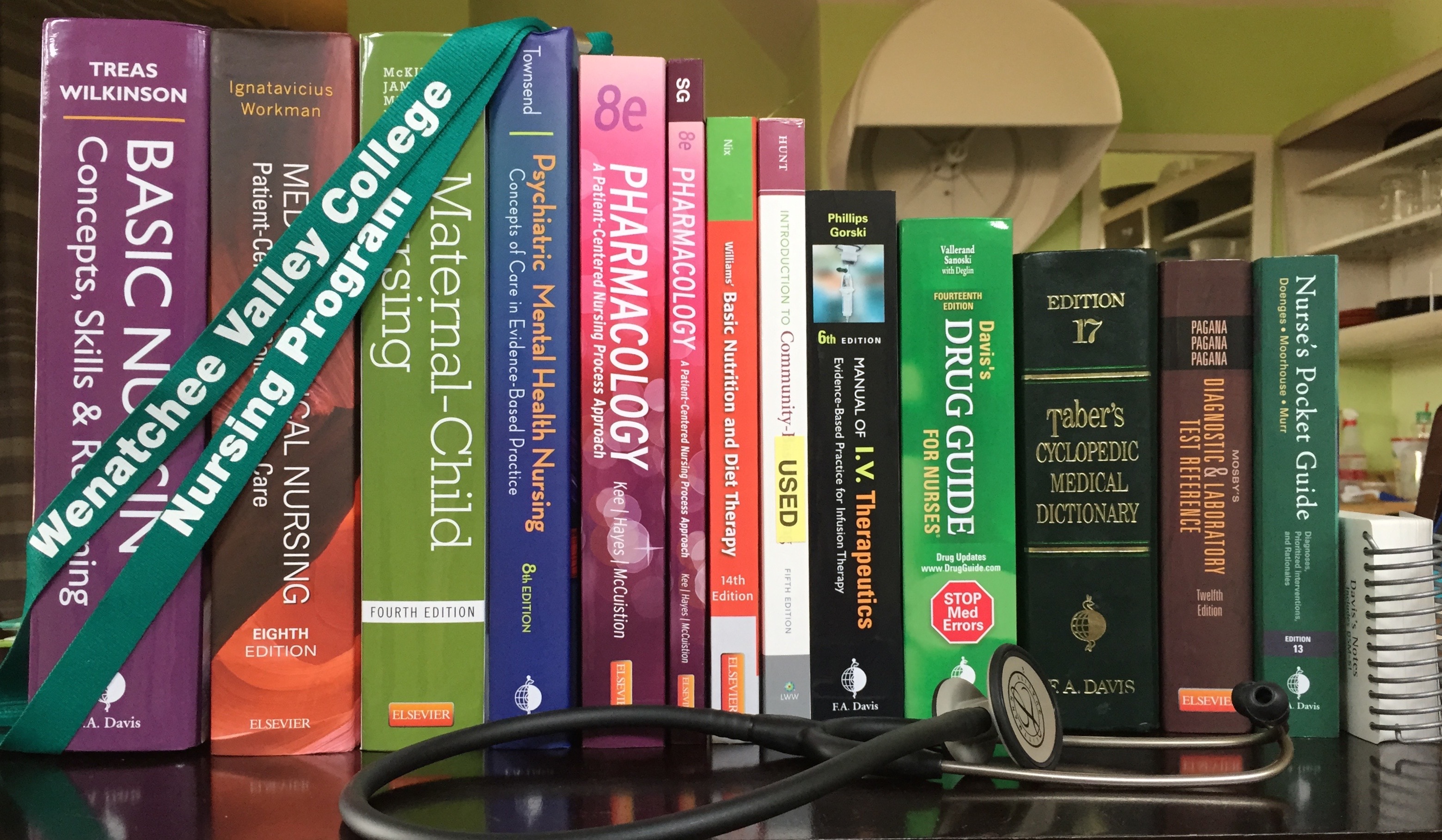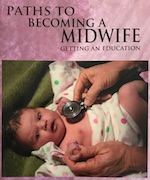-
Next stop: nursing school!

Thought I’d post an update on where I’m at with “going back to school and completely changing careers”. I start Nursing School at Wenatchee Valley College in 17 days! It’s a 2-year ADN (Associates of Nursing) degree. As preparation, I completed a CNA course over the summer. I walked into class saying “I’m not sure […]
-
What’s next on my midwifery journey
Hi friends and family! As I shared in September, I am on a journey to become a midwife. I’ve wrestled through the decision on what training and credentialing to pursue and even took a little sidetrack exploring medical school. But I’ve settled on the decision to become a nurse-midwife. This means I’ll become an RN […]
-
Certified Professional Midwife vs. Certified Nurse-Midwife (CPM vs CNM)

REVISED: This blog has been edited based on feedback from the Hearthside Online Midwifery Study Group on Facebook. Once I decided to become a midwife, the next step was determining what type of midwife to become. It was challenging to find thorough information about the different options. I basically could only find a surface-level overview, which I found completely […]
-
Responding to grief
I wrote this letter recently for a dear friend who is heading to the Philippines to train as a midwife and who asked for “read me when” letters. I had no intention of sharing it with anyone else at the time. But there are two reasons I’ve decided to do so: Last night I learned […]
-
Why Midwifery?
I’ve had a nagging feeling that something was coming; that I wanted, no needed, to do something different with my life. I’ve been counting the days until the big 3-0; reflecting on the future and the past. During my 20’s I discovered so many things that I’m passionate about. Many of these revolve around being […]